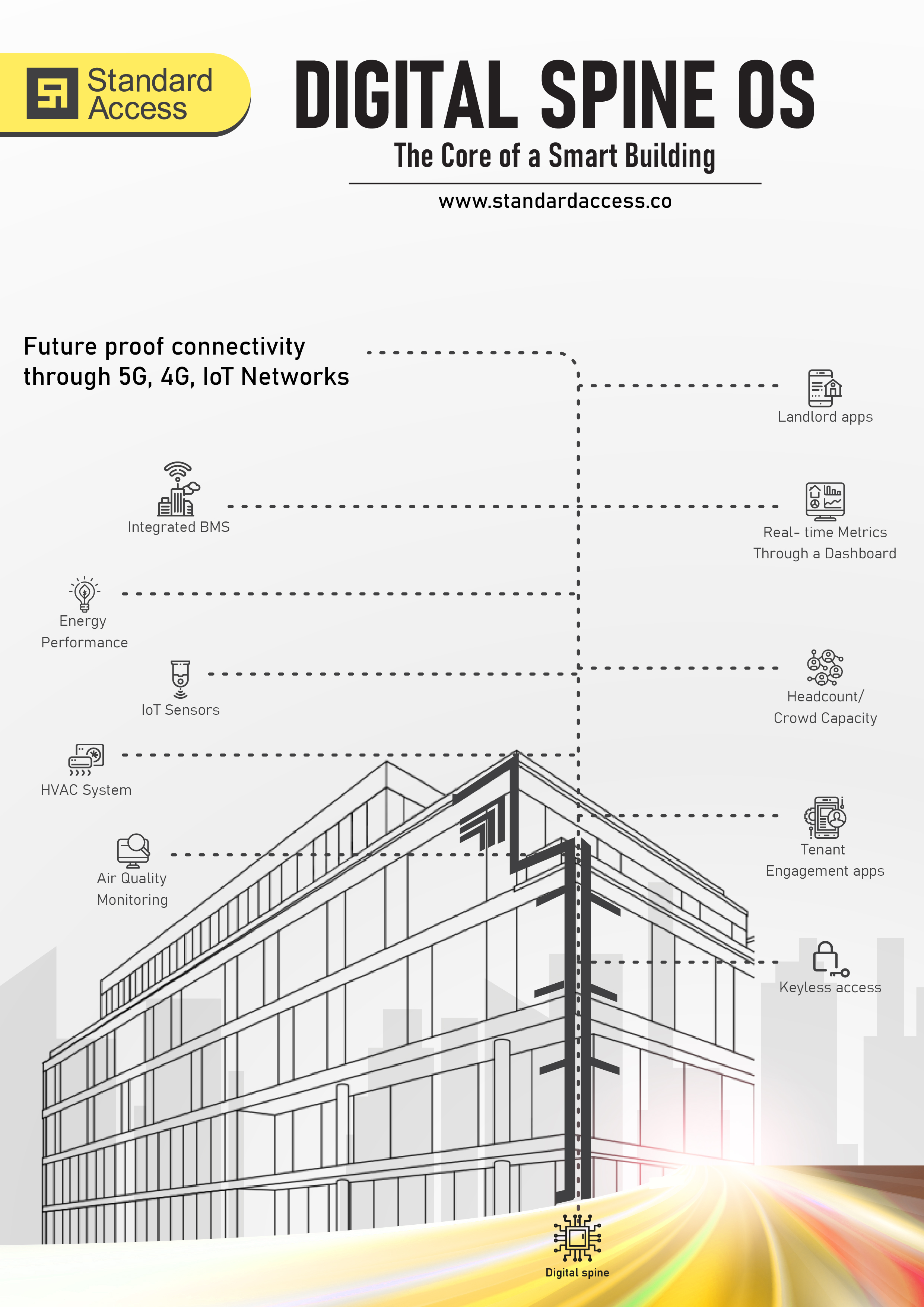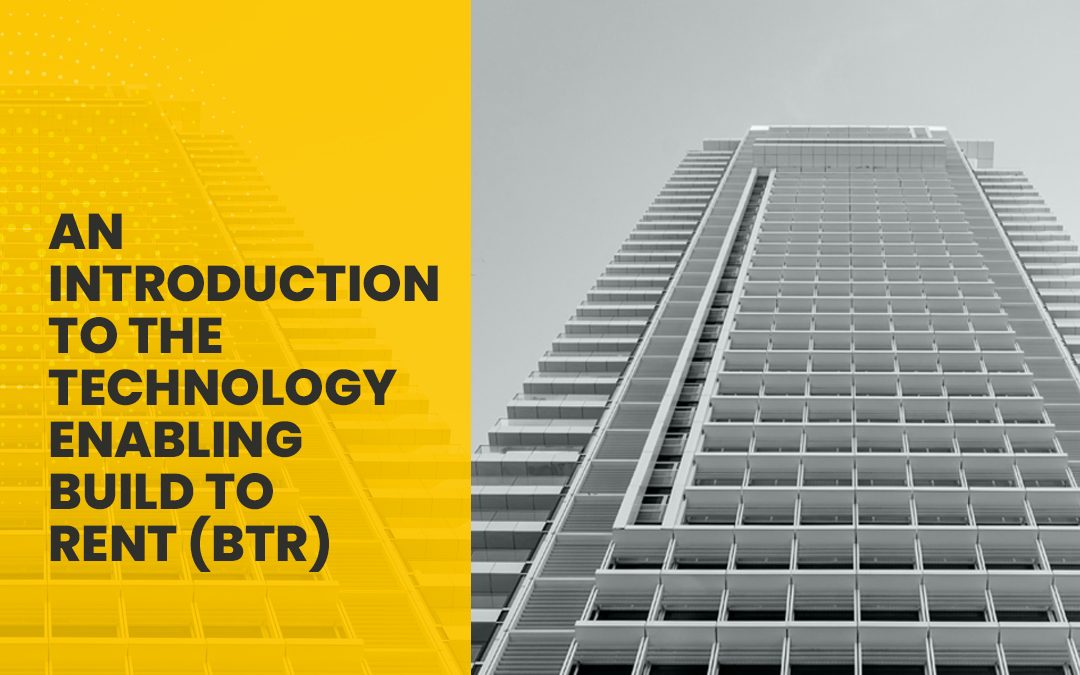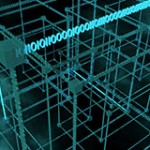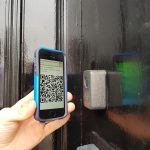While it is great to see ESG (environmental, social and governance) issues prioritised at an investment level, the reality is that if the data being harnessed is not protected from attack, then the consequences for the asset, the operators and the tenants will be severe. There can be no element of tokenism about a real estate company’s green credentials – greenwashing will no longer be tolerated.
Built to rent, or BTR, and the private rented sector, or PRS, are terms that are often (incorrectly) used interchangeably, yet, there is an important distinction between the two. BTR developments are homes that have been purposefully designed and built for the rental market, with tenant amenity front and centre. Whereas the PSR refers to the broader residential rental sector, which includes BTR.
Build to rent as a concept is long established in the US, though more commonly referred to as ‘multifamily’, and in other markets. Its significance as an asset class has been growing in the UK over the past few years. The sector in Ireland is only getting started, with the first real BTR developments expected to be occupied in 2021, although somewhere in the region of 4,000 to 6,000 BTR units are reportedly in various phases of development (including pre-planning).
As an asset class globally, BTR is seen as a premium, resilient investment; one that offers strong returns for investors and a superior, more stable offering for tenants. A trend towards urban living, the ongoing housing shortage and the persistent lack of affordability in most of the top cities around the world are just some of the forces driving the success of BTR in recent years. Of course, generational changes in consumer expectations play an important role too. As explained by Tony Grant, Partner at Hollis, a property consultancy that has monitored and advised on developments such as Honeypark in Dun Laoghaire, The Benson Building on The Quays, The Trinity Collection in Clongriffin, Mount Argus in Harold’s Cross and the Elysian in Cork, “these new buildings represent a new way to rent for many people by providing state of the art facilities and amenities such as on-site gyms, 24-hour concierge services and even resident events”.
Some of the technologies enabling BTR
The tech enabling BTR is increasing at a rapid pace. Broadly, the technology offerings tend to fall into three categories, with access to real-time reporting for each, as follows:
1. Sales & Marketing
- Property listings linked automatically to portals
- Virtual property viewings
- Handling enquiries, digital lease management and completion
- Payment of deposit, rent and other charges
2. Building Operations, including ESG Objectives
- Smart locks/keyless entry
- Landlord management app and dashboard
- Compliant smart cameras, monitoring for building usage, including head-counting tools to manage capacity
- IoT network of sensors monitoring all aspects of the building, from noise and indoor air quality right through to energy performance – lowering operational costs and eliminating equipment downtime through a programme of preventative maintenance
- Contactless elevator
- Instant fault reporting and actioning
3. Tenant Experience (generally white labelled)
- Tenant engagement app
- Concierge solutions
- Building wayfinding
- Enhanced security through encrypted smart locks and smart doorbells
- Smart thermostats
- Temperature-controlled storage lockers
- Instant fault reporting and access to work schedule
- Real time access to indoor air quality data
The common thread through all of these technologies is data and the smart, appropriate, safe and lawful use of that data through the application of artificial intelligence. With the exponential increase in data being collected, enabling security infrastructure becomes a priority for design and build teams, and indeed for asset managers. While it is great to see ESG (environmental, social and governance) issues prioritised at an investment level, the reality is that if the data being harnessed is not protected from attack, then the consequences for the asset, operators and tenants will be severe.
As global leaders in the secure transmission of real estate data, Standard Access’ Digital Spine operating system allows developers and BTR operators to future-proof their buildings by implementing the right infrastructure and networks that will allow for the addition or removal of technologies in the future. The surge in BTR development globally, and the rise in BTR planning applications in Ireland, is giving the industry an opportunity to reimagine how rental properties are accessed, presented and managed. The introduction and accelerated adoption of emerging technologies will allow operators to retain a competitive edge when it comes to tenant safety, asset quality, management efficiency and overall profitability.
Speak to the expert team at Standard Access about the right technologies for your BTR project.
About Standard Access:
Established in 2014 by Damien Browne, Standard Access is the global leader in IoT digital spine secure data transmission for smart building technologies, providing solutions for contactless building access through the patented Sonic Handshake®, along with a suite of AI-enabled solutions for building owners/operators and their tenants. www.standardaccess.co








